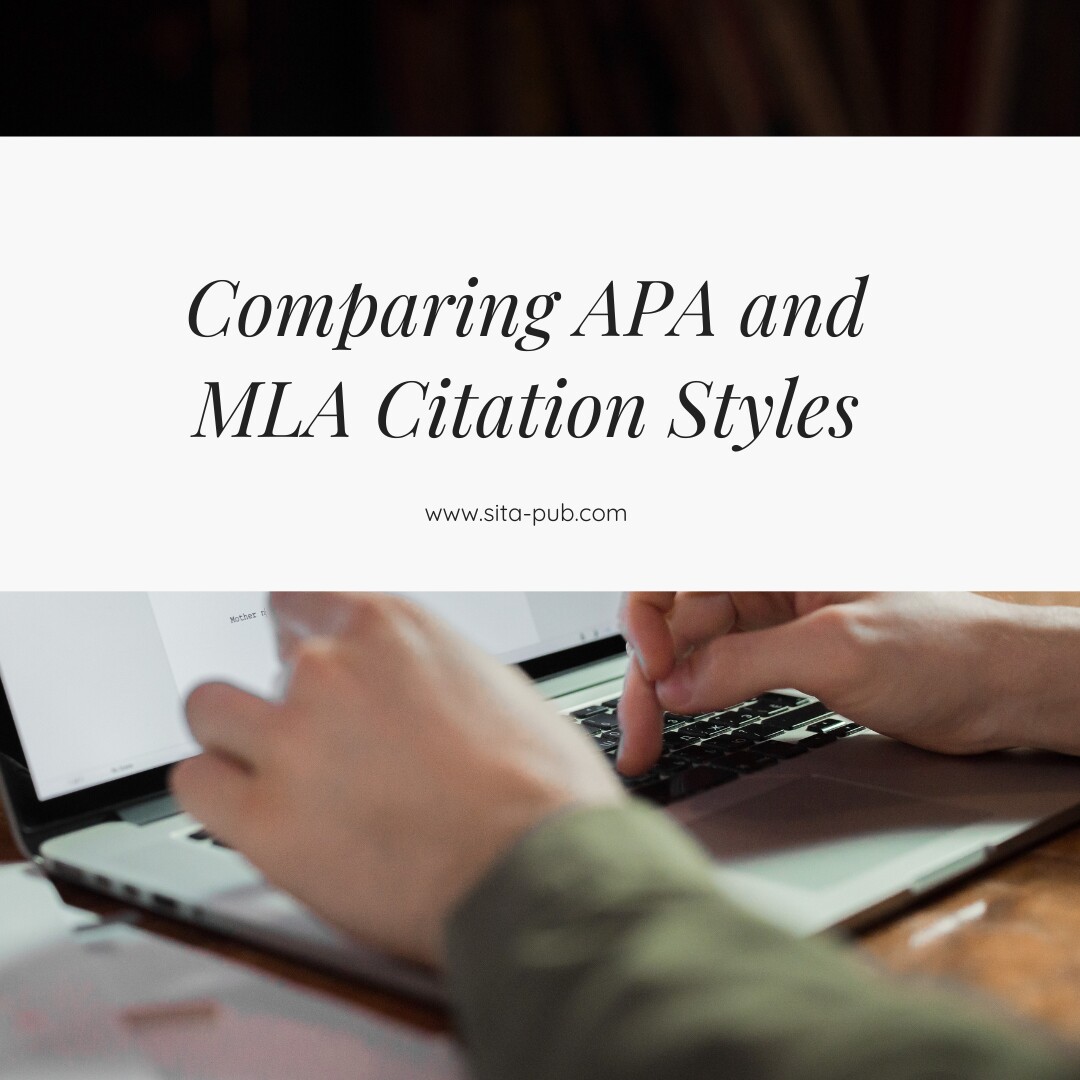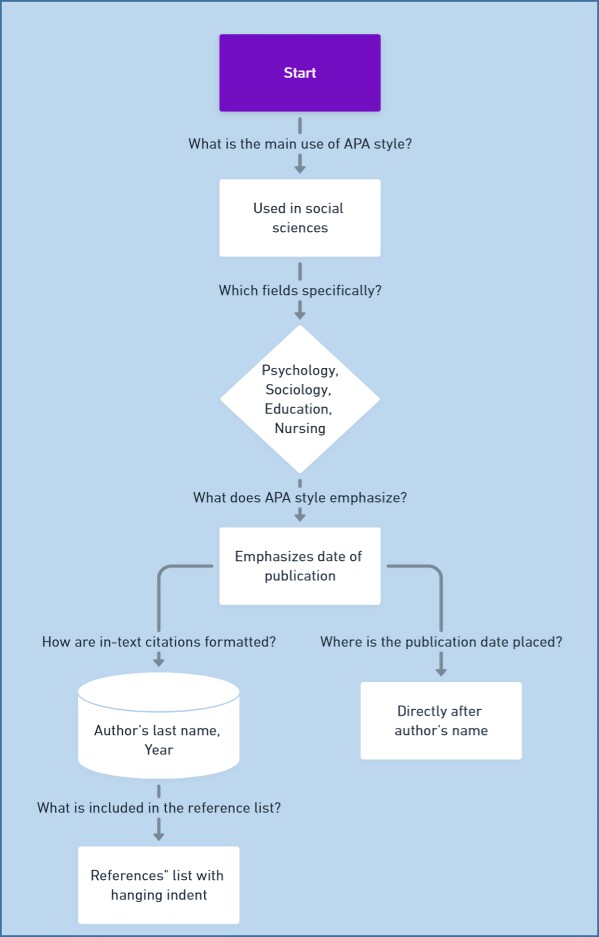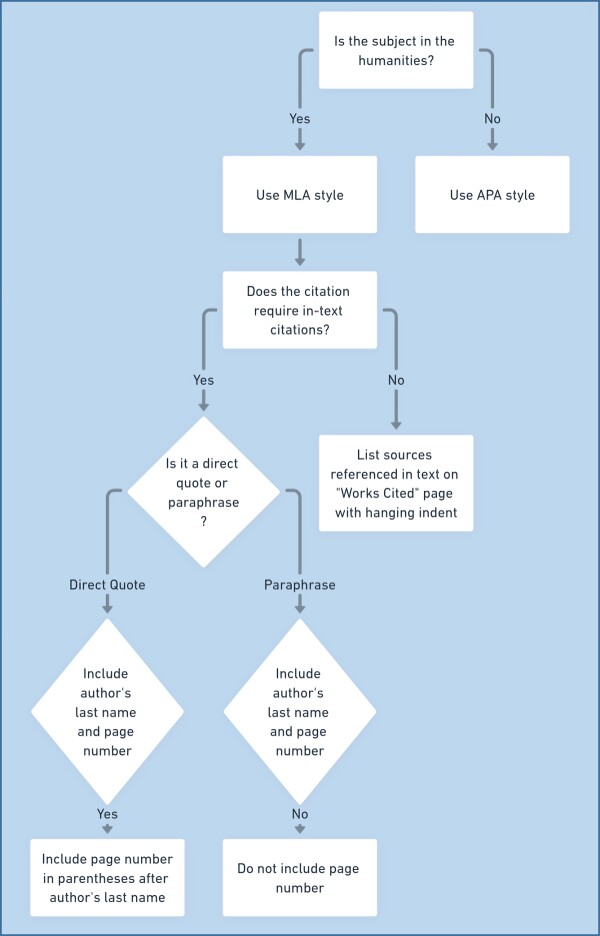Comparing APA and MLA Citation Styles


When it comes to writing academic papers, properly citing your sources is essential. Citation styles provide a consistent way to credit the authors of the works you reference, ensuring academic integrity and allowing readers to locate the original sources. Two of the most widely used citation styles are APA (American Psychological Association) and MLA (Modern Language Association). Each has its unique rules, conventions, and fields of application. Understanding the differences between these two styles can help you choose the right one for your research paper or project.
APA style is predominantly used in the social sciences, including psychology, sociology, education, and nursing. It emphasizes the date of publication, reflecting the importance of recent research in these fields. In APA format, citations within the text generally include the author's last name and the year of publication. The reference list at the end of the document provides full details of each source cited in the text.

In-text Citations: These typically include the author's last name and the year of publication. For example, (Smith, 2023).
Reference List: This list is titled "References" and includes all sources cited in the paper, formatted with a hanging indent.
Publication Date: The date of publication is placed directly after the author’s name, emphasizing the recency of the research.

MLA style is commonly used in the humanities, particularly in literature, philosophy, and the arts. Unlike APA, MLA focuses more on the authorship and title of the work, with less emphasis on the publication date. In-text citations in MLA style consist of the author's last name and the page number from which the information is taken.
In-text Citations: These include the author's last name and the page number, such as (Smith 23).
Works Cited Page: This page lists all sources referenced in the text, titled "Works Cited," and also features a hanging indent.
Date of Publication: The publication date appears later in the citation, showing less emphasis on how recent the information is compared to APA style.

Feature | APA Style | MLA Style |
|---|---|---|
Field of Use | Social sciences | Humanities |
In-text Citation | (Author, Year) | (Author Page Number) |
References/Works Cited | "References" | "Works Cited" |
Order of Citation | Author, Year, Title | Author, Title, Other Details |
Emphasis | Timeliness of research | Authorship and title |
In APA style, a book citation generally includes the author's last name, first initial, year of publication, title of the book in italics, and the publisher's name. For instance:
Smith, J. (2023). Understanding Human Behavior. Psychology Press.
In MLA style, the format is slightly different, as it includes the full name of the author, the title of the book in italics, the publisher, and the year of publication:
Smith, John. Understanding Human Behavior. Psychology Press, 2023.
For journal articles, APA style requires the author's last name, first initial, the year of publication, the title of the article, the journal name in italics, volume number, issue number (if applicable), and page range.
Smith, J. (2023). The effects of social media on youth. Journal of Social Research, 12(3), 45-60.
In contrast, MLA style emphasizes the article title in quotation marks, followed by the journal name in italics, volume, issue number, year, and page range:
Smith, John. “The Effects of Social Media on Youth.” Journal of Social Research, vol. 12, no. 3, 2023, pp. 45-60.
Both APA and MLA citation styles have their unique conventions, tailored to different academic disciplines. Understanding these differences is crucial for proper citation and can significantly enhance the quality and credibility of your research paper. Whether you’re in the social sciences or the humanities, adhering to the correct style ensures that you give appropriate credit to the original authors and helps your readers follow your research sources with ease.
Need help with citation formatting?

SITA Academy offers professional services for various citation styles, such as APA, MLA, Chicago, and more. Our experts ensure that your references and citations are precise, consistent, and meet academic standards. Whether it’s for a research paper, thesis, or project, we’ve got you covered. Let us handle the formatting so you can focus on your content.
If you have any questions, inquiries, or would like to learn more about our services, please don't hesitate to reach out to us. Our dedicated team is ready to assist you.